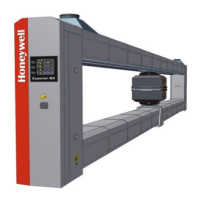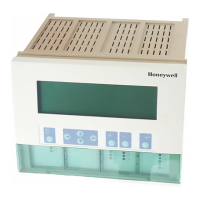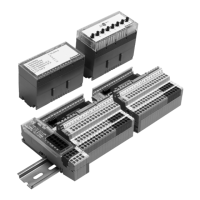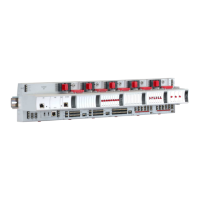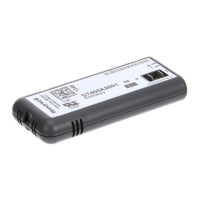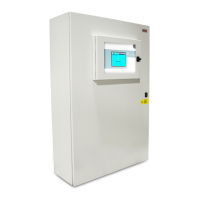Variable Description
N6 The number of samples retained by the fast history file.
N7–N9
The number of samples retained by each of the extended history files (N7 = 1-hour
snapshots, N8 = 8-hour snapshots, and N9 = 24-hour snapshots).
PE The number of point parameters with extended history.
PF The number of point parameters with fast history.
PS The number of point parameters with standard history.
Exception history
Exception history is stored in a set of two data files. Exception history requires at least 1.6 GB
of free disk space: this allows for two data files of 500 MB each, as well as extra space when
performing archiving operations.
Archiving history samples
You can configure each history file to hold up to 100,000 samples for each parameter. In the
case of fast history, the history file fills up very quickly. For example, if you set the fast
history interval to 1 second, then 100,000 samples represents just over one day.
Note that there is a limit to the size of each history file and that the number of samples stored
decreases as the number of parameters increases. Furthermore, the more samples you add, the
greater the impact on the server's system memory and CPU. For optimum performance,
especially in a redundant server system, it is recommended that you configure an individual
history file to be no greater than 500 MB in size (this is the default setting).
If you need to keep more than the maximum number of samples that each history file can
accommodate, you must configure the History Archive Manager to archive the history files at
appropriate intervals. Typically, history files are archived to another disk on the server, a file
server or to recordable media such as DVDs or CDs. While it is possible to estimate when the
files for periodic (that is, fast, standard, and extended) history files will be 'full', as there is a
constant collection and storage rate, it is not possible to do this with exception history files as
samples are only stored when their value or quality varies from the last stored value or quality.
Attention:
If trend displays on Station need to access historical information that has been
archived, the archives should be located on the server otherwise there will be
performance issues. See 'Configuring a trend' in the chapter on 'Group and trend
displays' in the Station Configuration Guide.
Points
Honeywell 2017 66
